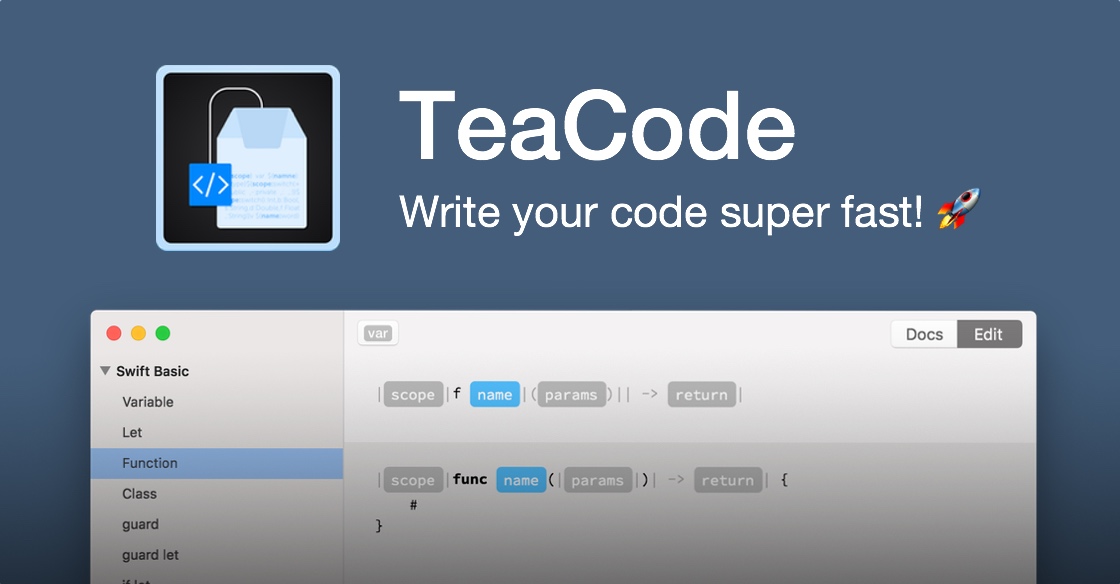


Code has to be bundled using a bundler like webpack and transformed using a compiler like Babel.You need to optimize your production with techniques like code splitting.You might have to take care of statically pre-rendering pages for performance and SEO.Maybe you would like to use server-side rendering or client-side rendering.Writing some server-side code to connect your React app to your data store. Next.js framework can solve these problems and provide you with a great “Developer Experience” at the same time, ensuring you and your team have an amazing adventure working with it. It can be quite hard to jump into new technology when there are so many new features and things that you’ve never heard of before. To help you with that we will now go step by step through all of the most important features that Next.js provides.

I’ll try to explain them in the simplest way I can so that you can grasp them without any problems and put them into practice in your next Next.js app. There are two forms of pre-rendering content in the Next.js app and one of them is server-side rendering also known as SSR. We should use SSR only if it is absolutely necessary because the HTML is being generated on each request and this results in much slower performance than Static Generation. In order to use it for a page, you need to use export an async function getServerSideProps on your page. This function will be called by the server on every request.


 0 kommentar(er)
0 kommentar(er)
